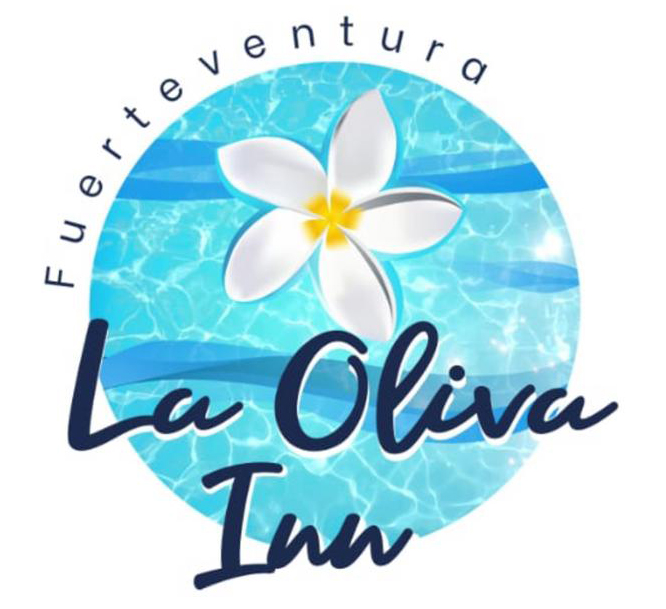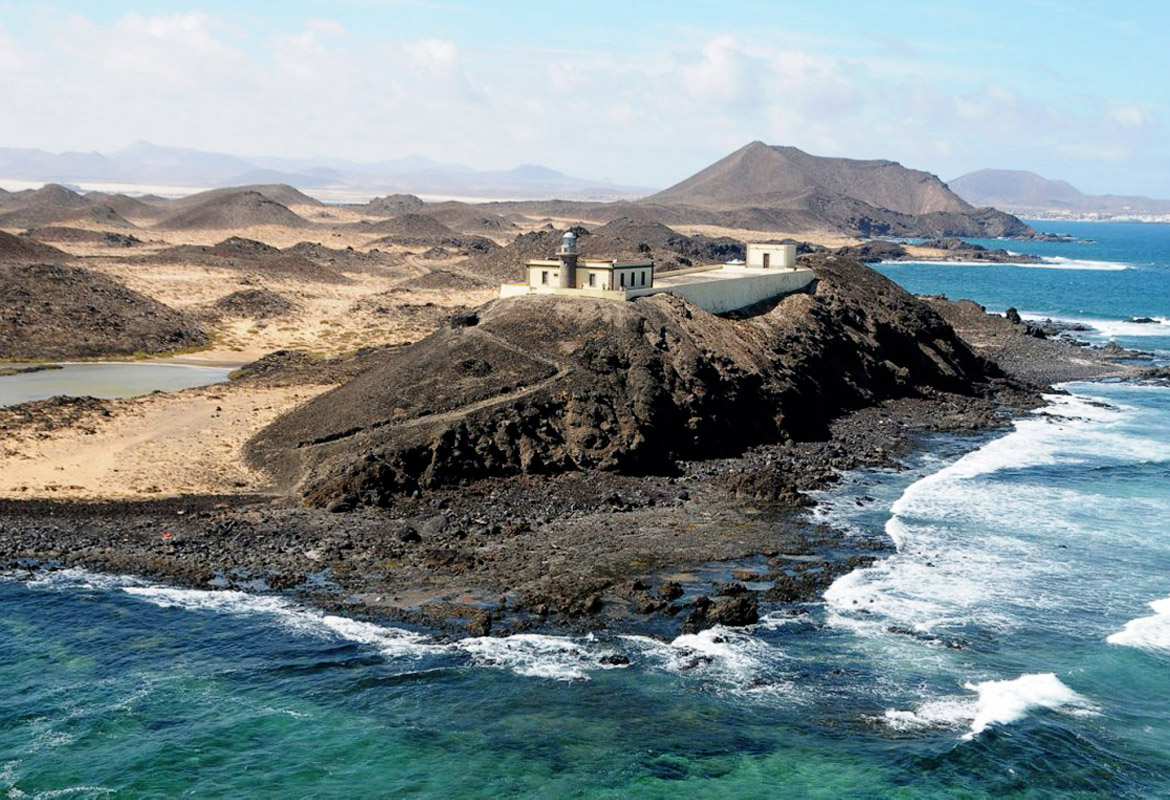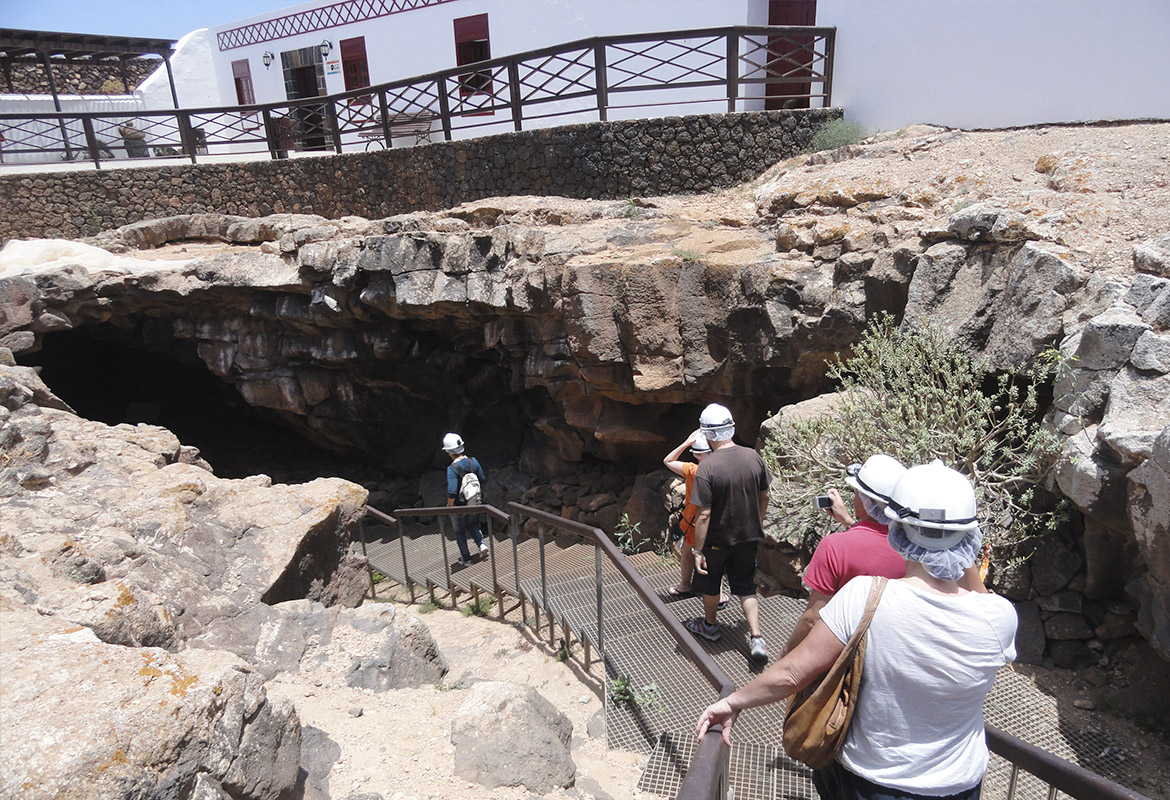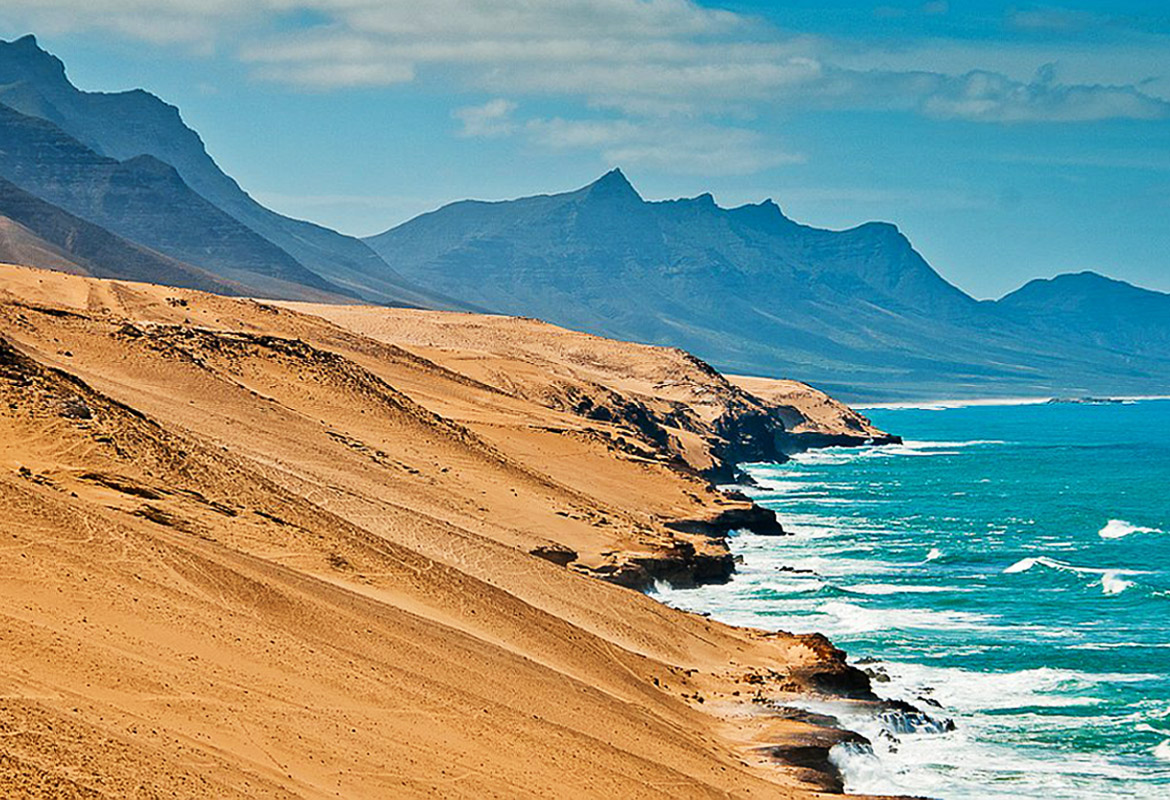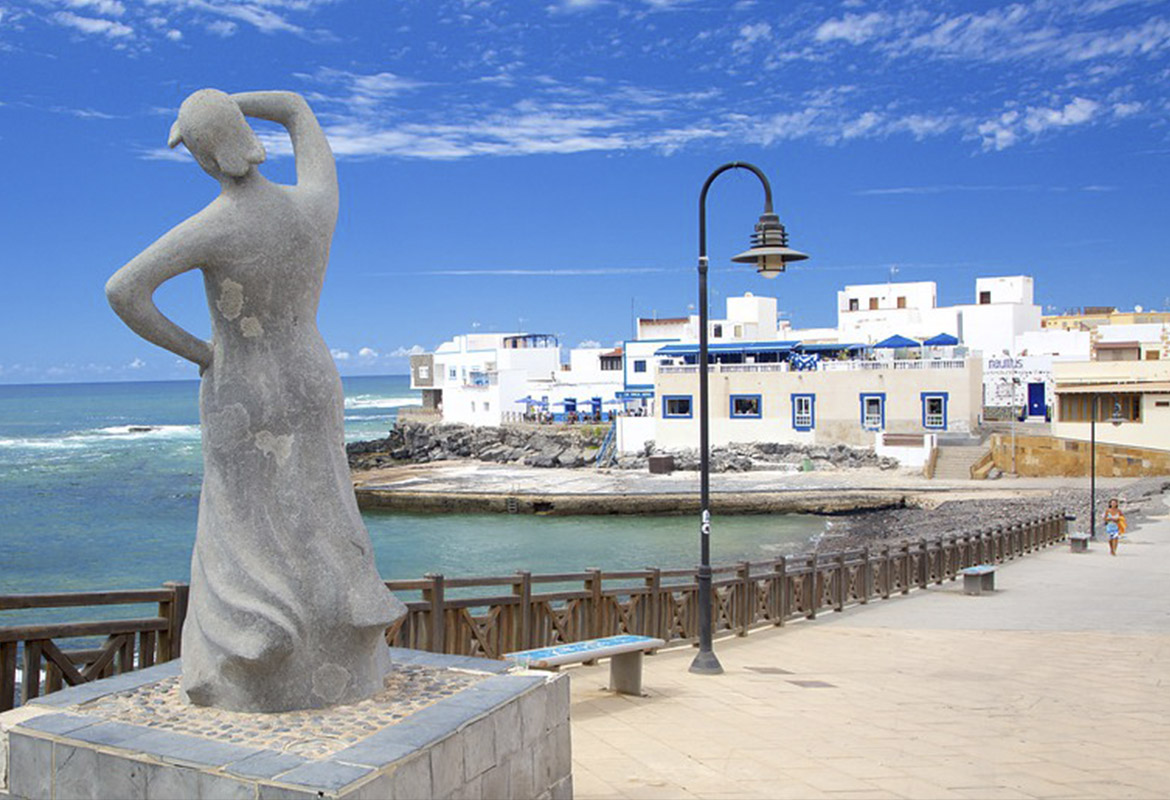Description of the Municipality
Extensive beaches of fine sand and valuable ecosystems are some of the main attractions of this tourist spot located in the north of the island. Mountains, beaches, trails, old windmills, primitive caves, defensive forts, lighthouses, cheese factories, etc. are just some of the beautiful and entertaining places whichs belong to this municipality where we are located.
One step away from La Oliva Inn is located the mountain of Tindaya, one of the main sites of primitive art on the island and the magnificent volcanic formation of Bayuyo, an authentic geological extension of the island, which can be visited through the trails signaled.
The municipality covers the entire north of the island, including among its natural wonders the Natural Park of the Dunes of Corralejo and the Island of Lobos, with incredible and evocative landscapes of golden sands and beautiful beaches with transparent waters.
Assets of Cultural Interest
Casa de los Coroneles, Cueva de Villaverde (Cueva de los Llanos), Molinos del municipio de La Oliva, Barranco del Cavadero, Barranco de Tinojay, Grabados rupestres de la Montaña de Tindaya, Barranco de los Enamorados, Casa de la Cilla, Casa del Inglés, Monumento a Unamuno, El Castillo (El Cotillo), la Iglesia Parroquial de Ntra Sra de la Candelaria, Centro de Arte Canario, Galerías de Arte, etc.
La Oliva, capital of Fuerteventura until 1880, was the center of the political and social life of the island, and living proof of it are the stately buildings, among which the Casa de los Coroneles stands out, an exceptional example of colonial and insular architecture and center of innumerable artistic exhibitions.
They also stand out, this time for its ineffable maritime flavor, the Torre del Tostón, from the 18th century, the exquisite cordiality of the inhabitants of El Cotillo and the versatility of its beaches, which allow from the most absolute relaxation to the practice of any sport water.
A visit to this cave in Villaverde offers the opportunity to delve into the depths of the earth but also to know which animals inhabited the island thousands of years ago or how this volcanic tube was formed. All this through a guided tour of the soils of Fuerteventura.
